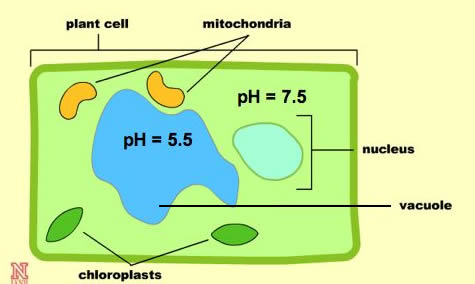My forays into NET extractions being too recent to have formed much in the way of wisdom to be “taught”. As an interested student I am interested in others’ thoughts, impressions, opinions from direct experience:
Leaf Prep - Maximize surface area of leaf-bits, or is it better to leave leaf structures intact ?
I think increasing surface area is good - provided that adequate straining is later performed.
Maceration - Advisable to warm leaf-bits in solvent (if so, what temp), or to use room temps ?
Am presently trying both approaches with otherwise identical batches (C&D Red VA Ribbon).
Movement - Advisable to shake and/or vibrate macerating leaf-bits, or better just left alone ?
I think that if breaking down cell walls is indeed important, then such motions would seem OK.
Sanitation - What might possibly be done to avoid microbial activity in maceration, filtration, and storage ?
My approach is to filter with <= 2 Micron pore-size, discarding all pre-filter residues. Time passing is always an enemy (at all process stages), and cooler (above freezing point) storage temperatures make sense.
.
Question about Solvents:
VG (Glycerol) as a macerating solvent is too viscous (at typical room temps) to be practical. Have read that very small amounts of Ethanol will reduce the viscosity of VG considerably. (If so), might the more polar Glycerol (having 3 hydroxyl groups, as compared 2 hydroxyl groups for PG) “outperform” PG as a solvent ? It may be that small amounts of Ethanol in a solution containing VG and leaf-bits might not behave the same.
.
Questions about Coil Temperatures:
Decomposition temperatures of PG and VG and the boiling-point and decomposition of Nicotine over temperature being somewhat known and characterized, at what temps might various flavoring “sugars” in NET juice begin to decompose into other molecules ? Such events might likely dramatically affect flavor.
… between 100 and 200°C, water and volatile substances including flavour molecules loosely bound to the surface of the tobacco leaf are the first to be released through distillation and evaporation. Simple pectins and sugars in tobacco may also begin to decompose. Although the boiling point of nicotine is around 247°C, nicotine starts to vaporize and enter the aerosol at temperatures from 170 to 200°C. At 300 to 400°C, some tar components start to form from the breakdown of cellulose and other structural components of tobacco, but it is not until temperatures of more than 400°C that the main pyrolysis occurs. Leaf components such as amino acids and esters decompose between 400°C and 600°C …
Source: https://www.bat-science.com/groupms/sites/BAT_9GVJXS.nsf/vwPagesWebLive/DO9PRKRV
 So, have at it! All methods are welcome… bullet point or novel form. Folks have their own individual method that works for them… What’s yours?
So, have at it! All methods are welcome… bullet point or novel form. Folks have their own individual method that works for them… What’s yours?



